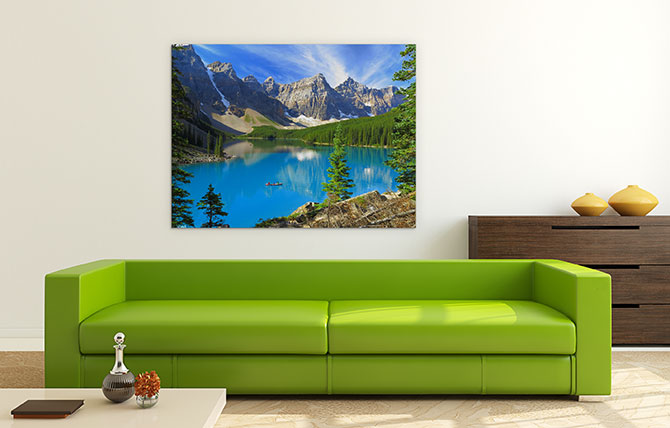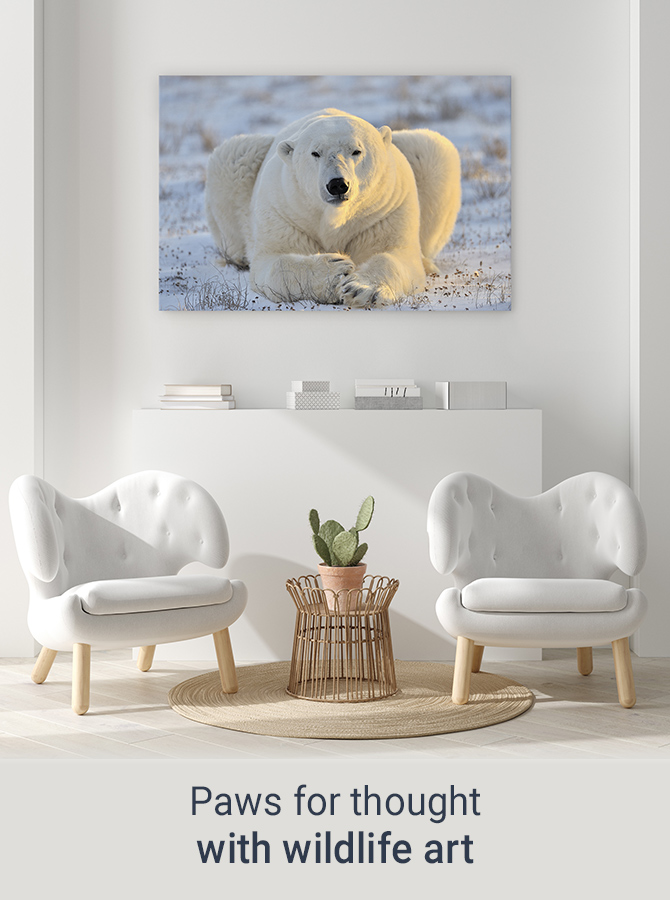
It’s not often we get to experience seeing much loved animals in the wild, particularly when so many are increasingly becoming endangered. With protecting endangered species a priority, it can be challenging to observe animals without further damaging their natural habitat.
Wildlife art can make a great substitute, allowing you to admire your favourite animal in your own home.
Enjoy a walk on the wild side with some of our “roarsome” animal photography picks!
On the catwalk
Lions
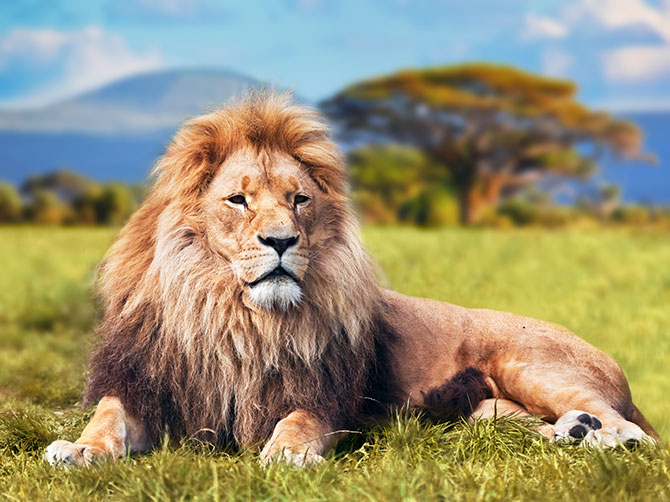
A lion’s roar is so loud that often it can be heard from eight kilometres away, which probably explains why they have to rest for about twenty hours a day.
It’s been said that lionesses find their male counterparts with a darker mane more attractive. Unlike humans though, the more they age the darker it gets.
If you’re a feline lover and want some of that prowess in your own home, you won’t want to take this one lion down!
Jaguars
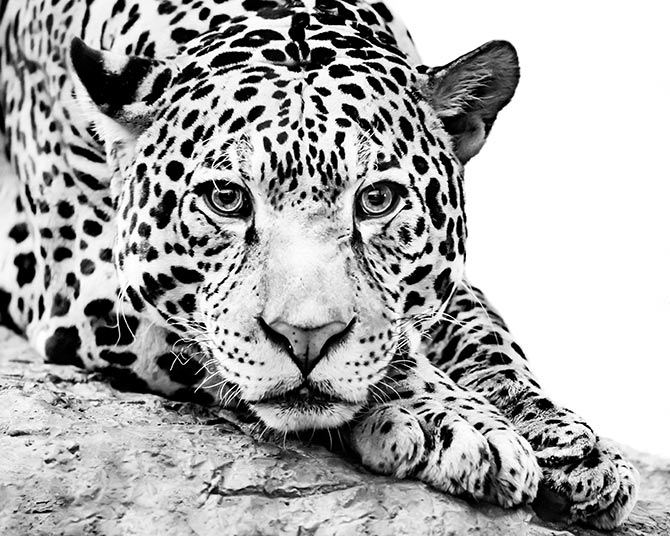
These fast cats are also big ol’ water babies and great swimmers! They have a pretty far reaching diet, of mostly meat, and have even been known to chow down on an anaconda or two.
Like many wild animals their home is shrinking, thanks in part to the selfishness of humans. But since they have been known to breed up to one hundred times a day (no wonder they need to eat a whole anaconda for a snack!), they have a good chance of quickly repopulating.
Tigers
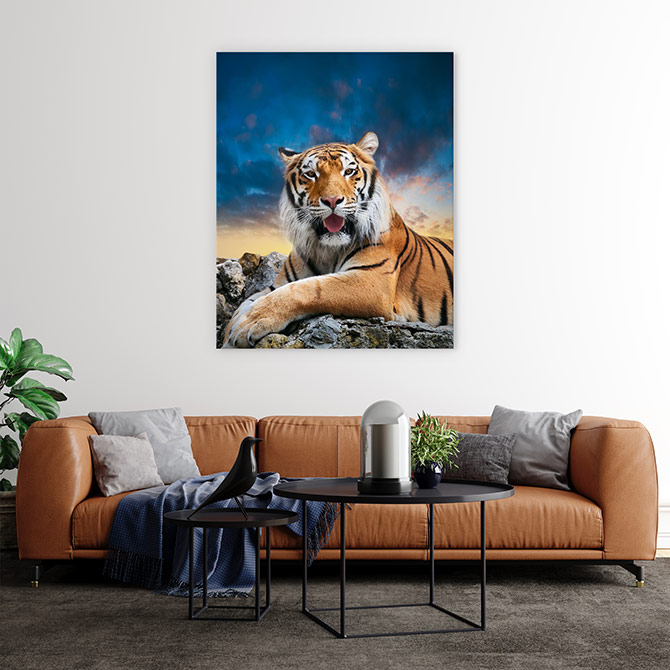
Another favourite feline with a varied menu, tigers like to nibble on deer and antelope and even birds or a small elephant. That may sound harsh, but as apex predators they are necessary for a well functioning ecosystem. So when we look after tigers, we’re also looking after the environment, which benefits us all.
Deep in the forest
Orangutans
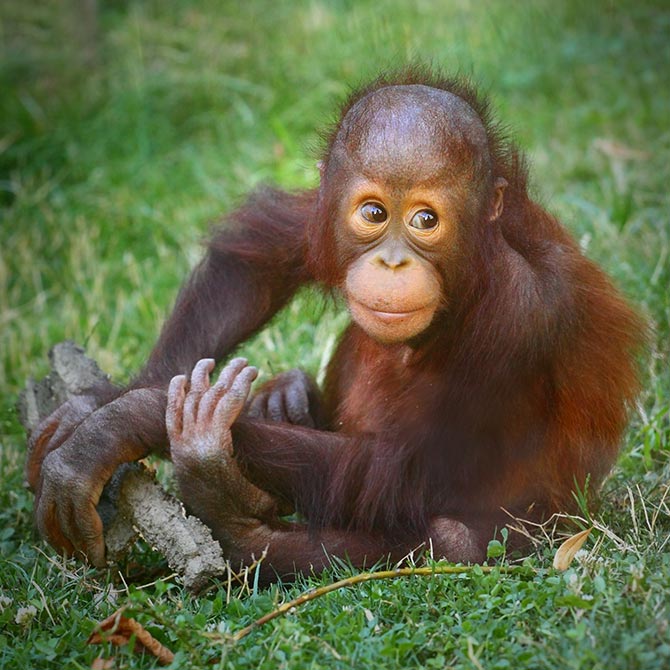
There’s a really obvious reason why we are so drawn to the orangutan… Humans share 97 per cent of their DNA with them!
But we’re losing them at a rapid rate with about twenty five of our animal relatives dying each and every day, thanks to rainforests being destroyed. We need to stop monkeying around and take care of our primate cousins otherwise all that will be left are these photos.
Deer
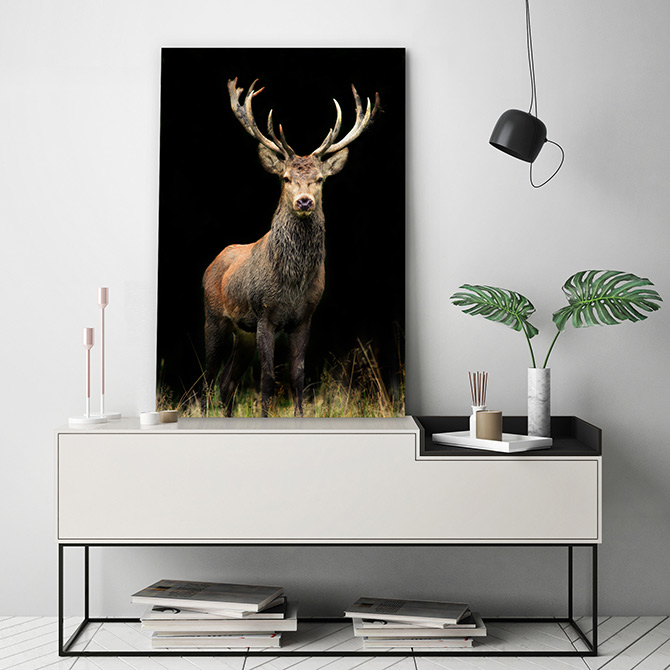
The one and only animal to have antlers, you can see why there is nothing but pride on this guy’s face. Antlers are super fast growing and covered in velvet which soaks up oxygen and other nutrients into the stag’s bones.
Every year they shed their antlers. Sets that have been shed are a hot commodity for foragers. Deer velvet is sought after in ancient medicinal traditions and is now being adopted by the West because of the perceived health benefits. Sadly, this practice puts our dear deer at risk of endangerment through hunting.
Bears
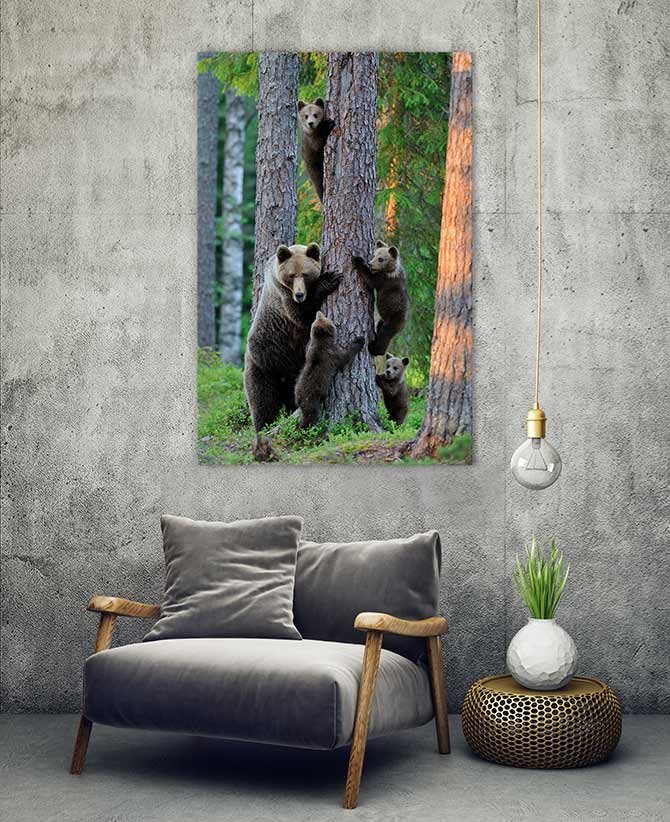
We all know that bears make terrific book and television characters. But in the real world, they are so smart they’ve been recorded setting off bear traps with rocks.
Some species of bears are at risk of being culled because they pose such risks— inflicting millions of dollars worth of damage— to the lumber industry by having a feast on tree bark. Organisations are now supplying feed to these bears so they stay away from having a bark snack.
‘More than half a million pounds of feed are distributed annually to more than 900 Washington and Oregon feeding stations.’
Chilled out
Penguins
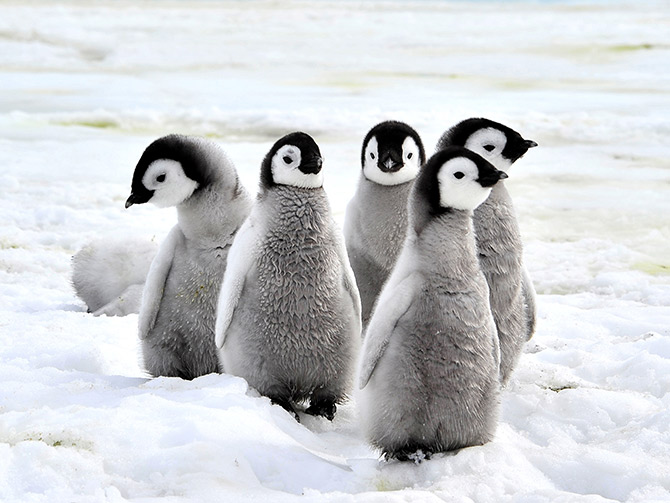
These delightful creatures that are permanently “tuxed” up like they’re about to hit the biggest fundraising cocktail party of the year.
Originally coined ‘strange geese’ by early explorers, their black and white “suits” are actually a form of dual camouflage, to protect from threats above and below the ocean surface.
And just in case you were thinking they are too adorable for words, it’s been recorded that some penguins were human sized (let that sink in) standing taller than five foot ten.
Although most species of penguins live in the southern hemisphere they don’t all reside in Antarctica. But just in case you don’t feel like venturing out to chilly waterways, you can always enjoy our fluffy friends with winter art in your home.
Seals
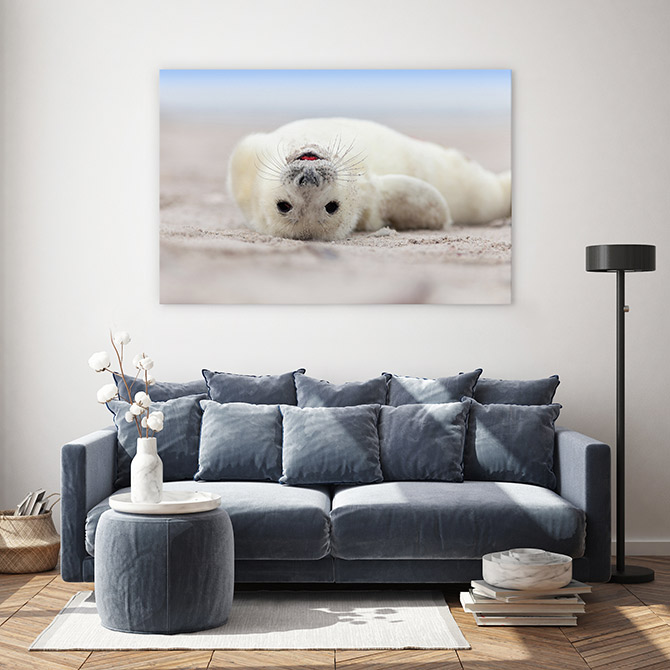
The seal is gleeful to watch as it lolls about on the beach with its adorably whiskered face, but you might find him (or her!) more at home in the water. Seals can sleep underwater and even hold their breath for two hours. Not to mention that one species of seal has been measured weighing up to 4000 kilograms.
These glossy creatures have been hunted for their meat, fat and fur for centuries, which has resulted in a few species becoming extinct. Thankfully, they are now protected.
Snow Leopards
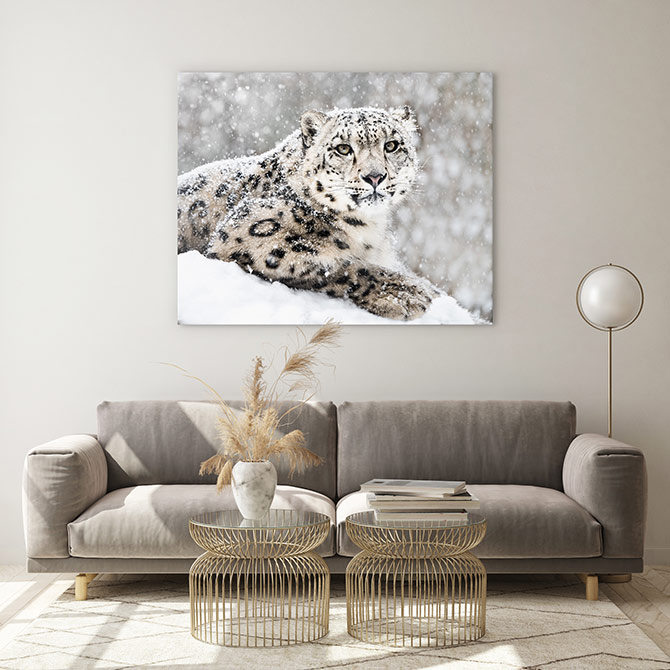
As sleek as they are rare, these beauties live a life of solitude and can whip out impressive feats such as leaping for up to fifty feet. Oddly, scientists have suggested they are more closely related to tigers than to leopards. Go figure!
Their survival is threatened, however, with rapidly dwindling numbers in the wild. Habitat protection is a must if we want to see these cool cats hanging around in the future.
Friends forever
Cheetahs
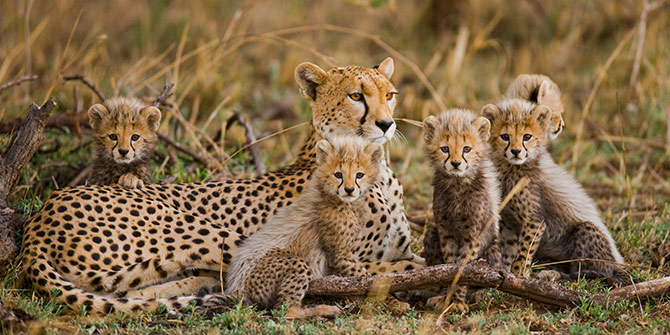
As Africa’s most endangered big cat, the cheetah is as fascinating as it is precious. Unlike our boisterous friend, the lion, cheetahs never roar – opting to chirp or purr instead. Which is just that much more endearing.
Once spanning across many continents, the cheetah is now barely found in sub Saharan African and Iran with a population of just over 9000. Concerning times indeed.
Giraffes
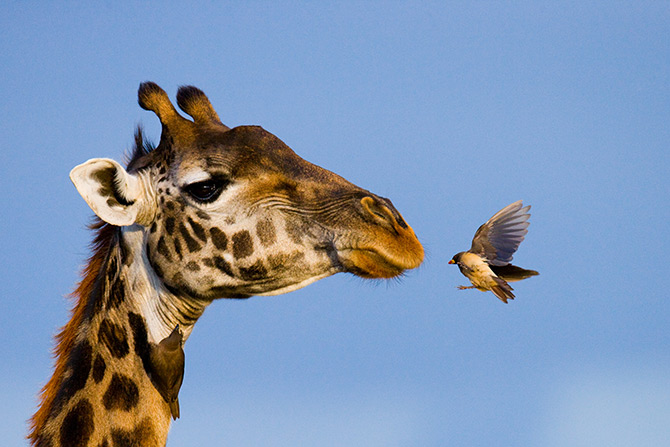
Giraffes might be famous for their incredibly long neck, but they can’t even reach the ground with it! This is why you often see them in an awkward half splits to slurp up some water. Luckily, they only need to drink water every few days to help save some embarrassment.
Just like many other wild animals, giraffe population numbers are dwindling and it might not be long before they become nothing more than a distant memory.
Zebras
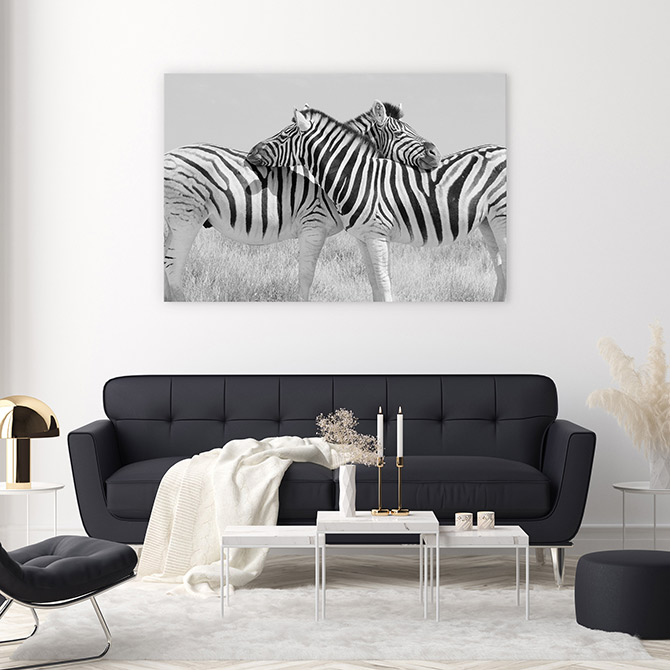
Not only do they look like giant barcodes but they can be scanned as well. Some types of zebras bark like a dog and some whinny like a horse. Even more bizarre, zebras can breed with other members of the horse family and the result are called “zorses”.
They also possess a special digestive system that can quickly process lower quality forage and turn natural grassed areas into much more palatable areas for other animals. A compelling reason to protect the two out of three zebra species that are currently endangered!
For how much longer?
Elephants
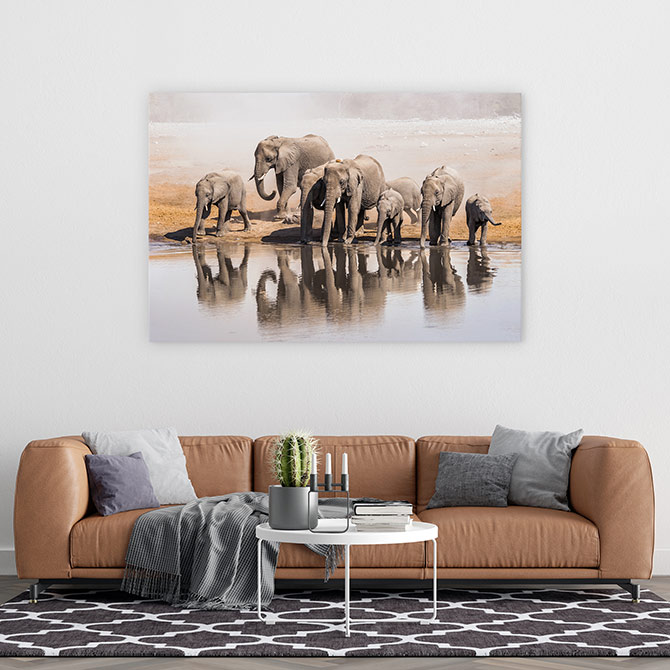
Elephants are best known for their trunk, which is sensitive enough to pick up a blade of grass and strong enough to rip the branches off a tree. Plus, it can suck up 14 litres of water at a time. It can also whip up a batch of homemade sunscreen comprised of dirt and mud to spray on itself. Talk about a multi-functional tool!
Elephants are incredibly vulnerable to becoming extinct and soon we may not be able to enjoy their “trunktastic” feats. Why not enjoy a sofa safari to spy more African photography gems?
Koalas
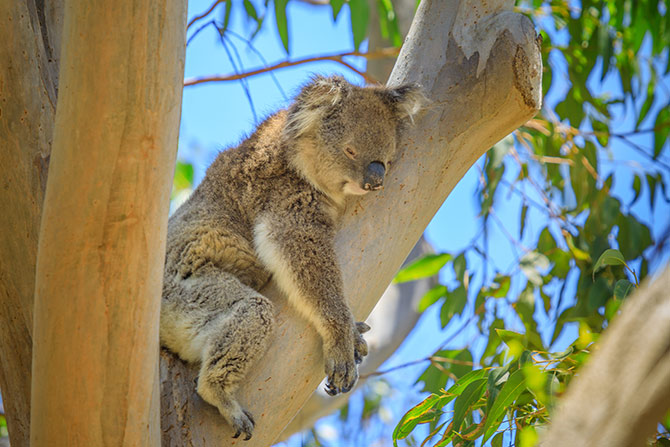
Besides humans and chimpanzees, koalas are the only animals that have a fingerprint.
To be honest, they kind of live the dream life – sleeping for 18 hours a day, living a solitary existence, only being pregnant for a month and basically eating for most of their waking hours.
Sadly, the recent Australian bushfire tragedy has really devastated local populations, with thousands of koalas losing their lives.
Pandas
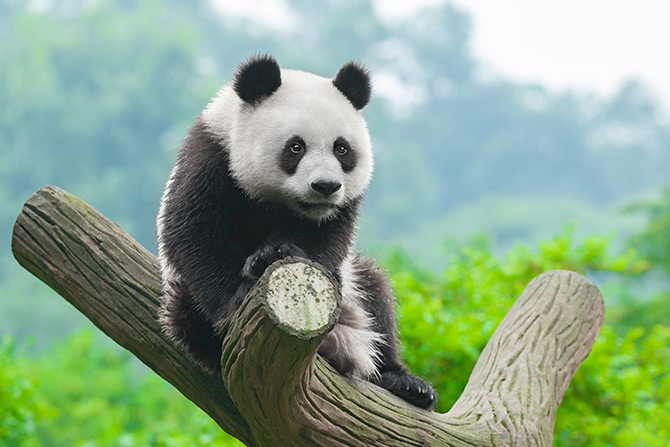
Although they look adorable, these six-toed cuddle monsters can poop out up to 28 kilograms a day – that’s about eighteen per cent of their body weight! Which is not even their weirdest habit…they like to lick copper and iron and those in captivity are often seen licking metal items.
The conservation of pandas is a priority the world over as poaching has caused their population to decline. Although efforts are improving, you never know when one of the world’s most adorable animals will disappear forever.
Polar Bears
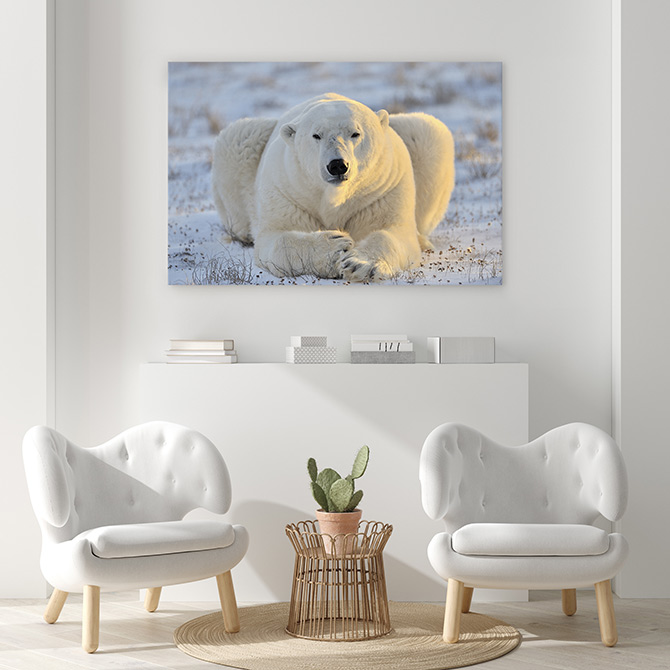
Most loved for their stunning white fur to match their icy surroundings, did you know that their fur is actually clear and it reflects back the light of their environment to help them blend in? Not only that, but they have an incredible sense of smell and can sniff out a seal thirty kilometres away!
As a threatened species, climate change is significantly affecting their habitat. If there’s one thing polar bears need, it’s polar ice.
Ready to follow your animal instincts? Be inspired with more breathtaking nature pictures!

